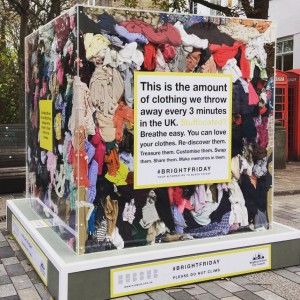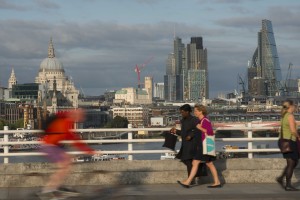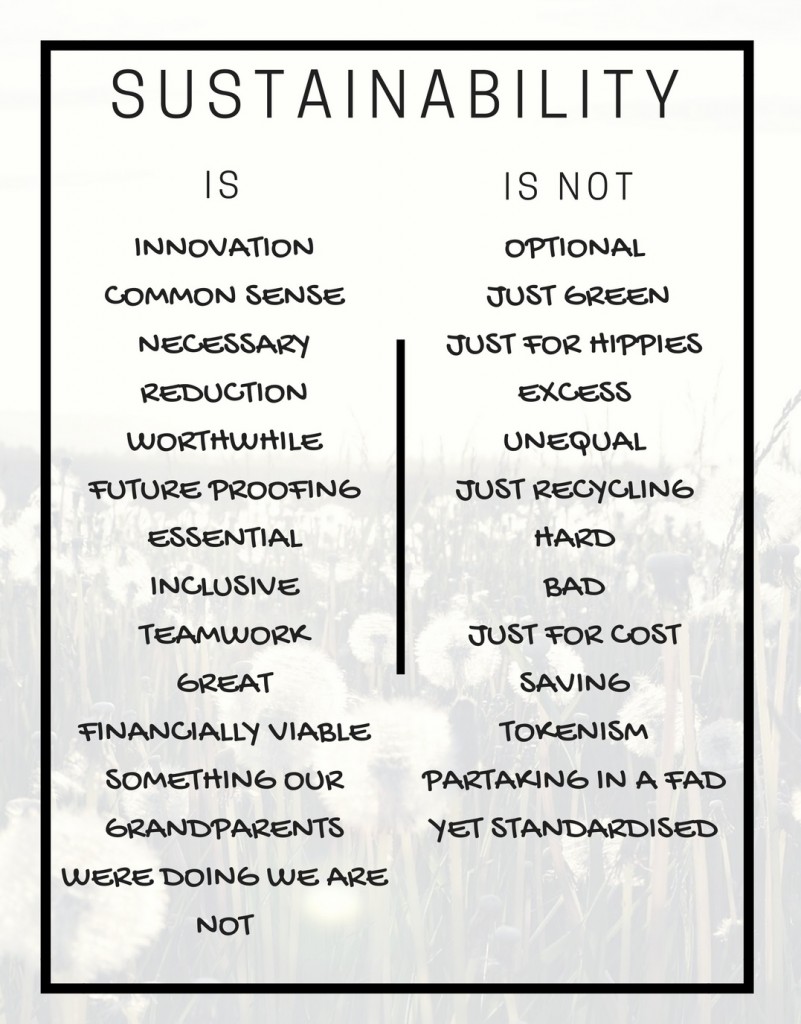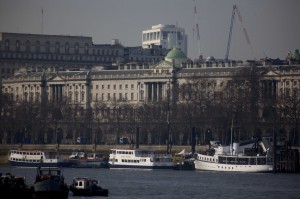In the US, Black Friday – the day after Thanksgiving – has been regarded as one of the biggest shopping days of the year since 1932, with news reports and viral videos of fights breaking out at large stores being a regular fixture. Some retailers such as Amazon and Asda started bringing Black Friday to the UK in the 2000s, and more stores joined in 2014. In 2015, sales between Black Friday and Cyber Monday were £3.3. billion.
This surge in sales, particularly in electronics, can have huge environmental impacts. Their production is often resource-intensive, while lifespans are short, and disposal is often problematic. WRAP, a UK-based charity, estimates that a third of electronics we throw away end up in landfill.
Clothes can be a problem too, with large amounts being thrown away every day. And many of us seem to not enjoy Black Friday as much as retailers are trying to tell us: Polls by the charity Hubbub suggest that 2 in 3 people say they do not enjoy Black Friday, and 6 in 10 said they bought things they never used.
So what are the alternatives?
More businesses and charities are now promoting the idea of either using Black Friday as an opportunity to only buy something they were planning to buy anyway, or to stay away from shops (and online stores!) entirely, and spend the day in a different way.

Source: Patagonia
American outdoors store REI will close its doors on Black Friday, and encourages customers to #OptOutside and spend the day outdoors, while Patagonia announced it will donate all Black Friday sales to environmental grassroots groups. Hubbub will run a series of #BrightFriday events to remind us that instead of buying something new, we should find new ways of using what we already have.
If you do want to make the most of Black Friday discounts, WRAP recommends SMART shopping:
Shortlist – Research products you want to buy in advance.
Make a decision – Choose the product you want to go for before you go out.
Act! – Don’t impulse buy, stick to your plan and the products you researched.
Register – For appliances, register your new purchase online as a safety precaution, and you might be entitled to an extended warranty by the manufacturer.
Trade-in – Trade your old products to save money on your new purchases. If something is broken, make sure you recycle it. RecycleNow have a handy guide to find your nearest recycling point!
With Christmas, and the high levels of waste and packaging that come with it, around the corner, opting out of excessive shopping on Black Friday is the first step towards a more sustainable festive season. Adopting a more sustainable approach to consumption will also contribute to achieving UN Sustainable Development Goal 12: Responsible consumption and production. How will you be spending the day?


 rs
rs 
 Under certain conditions, many diesel cars will also switch off their emission controls. Legal loopholes enabled them to do this when the outside temperature falls below 18°C. While manufacturers claim this is to protect the engine, average temperatures in London mean this causes significant problems for the city’s pollution levels, as cold periods are often when pollution builds up. This is made worse by the rising number of diesel vehicles on London’s roads.
Under certain conditions, many diesel cars will also switch off their emission controls. Legal loopholes enabled them to do this when the outside temperature falls below 18°C. While manufacturers claim this is to protect the engine, average temperatures in London mean this causes significant problems for the city’s pollution levels, as cold periods are often when pollution builds up. This is made worse by the rising number of diesel vehicles on London’s roads. Therefore, even local pollution might require cross-border efforts to be tackled effectively. “It’s also someone else’s local emissions. And where are our local emissions going when they are not causing us a problem? They are going to somebody else”, says Tim Baker.
Therefore, even local pollution might require cross-border efforts to be tackled effectively. “It’s also someone else’s local emissions. And where are our local emissions going when they are not causing us a problem? They are going to somebody else”, says Tim Baker.

